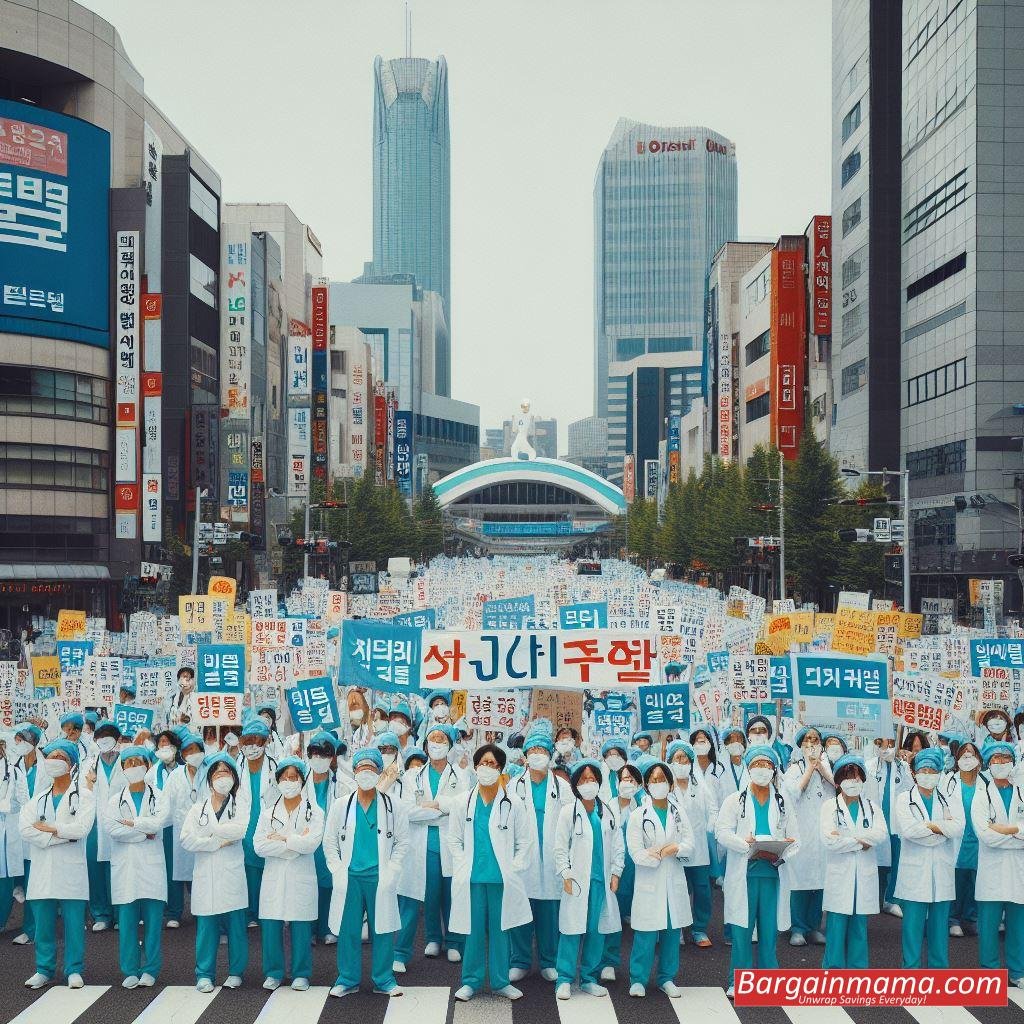Thousands of junior physicians in South Korea have not treated patients or performed surgeries since February 20th as a form of protest against the government’s decision to double the enrollment of medical students. The walkout has involved roughly 8,940 medical interns and residents, disrupting major hospitals nationwide and sparking questions about the nation’s healthcare system.

The government wants to address the issues brought about by South Korea’s rapidly aging population by increasing the annual cap on admission to medical schools by 2,000. With 2.1 doctors per 1,000 people, the nation’s current rate is much lower than the average of 3.7 in the developed world.
The rapid surge of medical students, according to striking physicians, could overwhelm educational institutions and boost competition among physicians, which could result in overtreatment and prolong the lack of doctors in necessary but low-paying sectors.

Some who disagree claim that junior doctors’ objections are more motivated by fear of losing their salary than by a sincere concern for the long-term viability of the healthcare system.
Hospitals have already been forced to postpone procedures and treatments as a result of the strikes, which has significantly impacted patient care. There have been reports of people being turned away because there is not enough medical staff, which raises concerns about the possible effects of protracted strike action.




